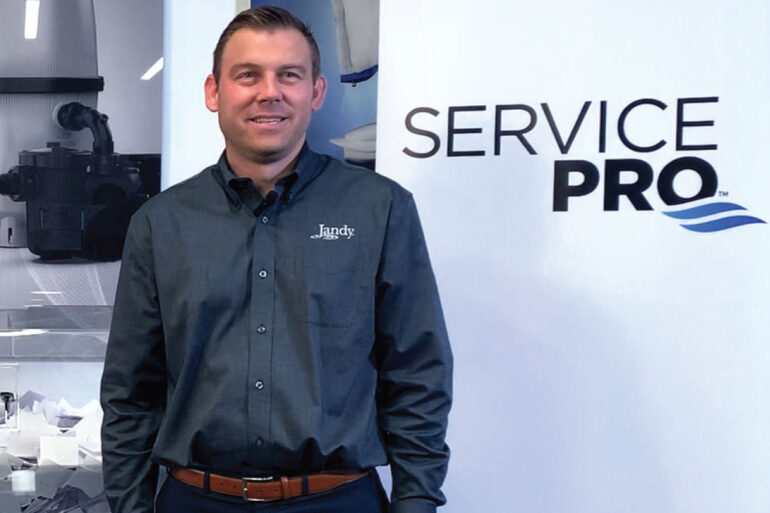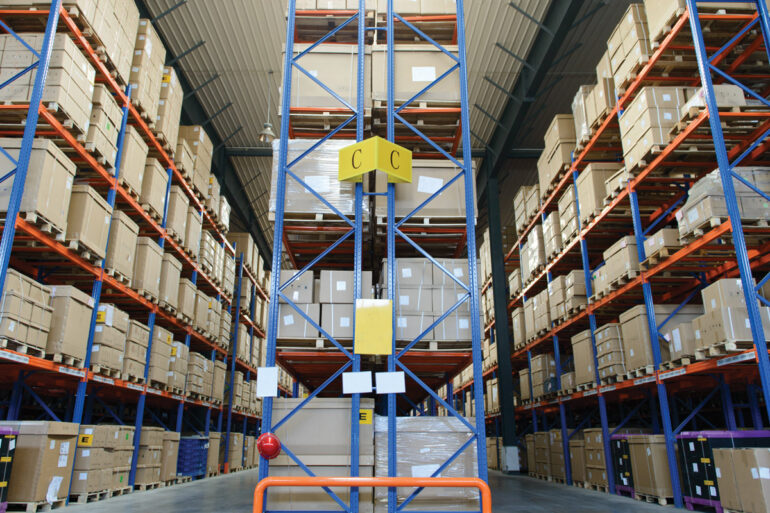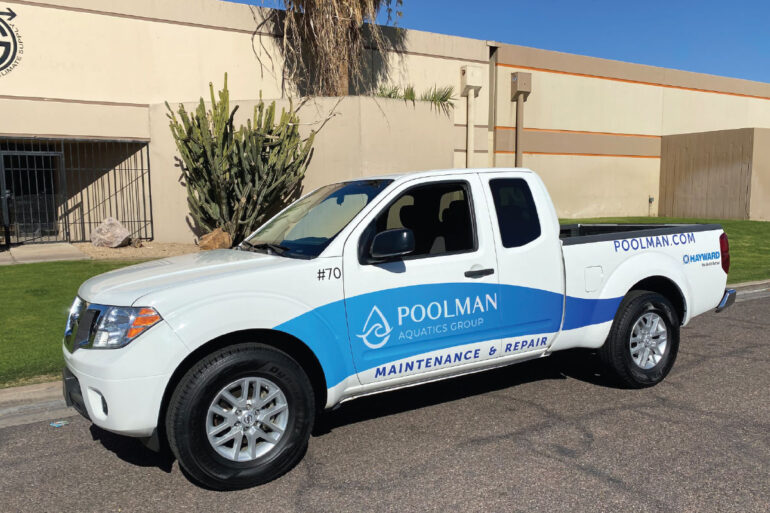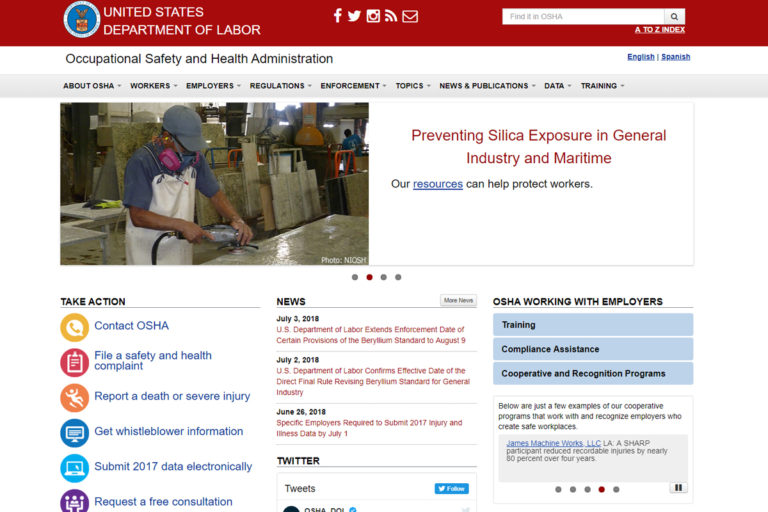Starting a Safety Committee

Meeting on a regular basis, monthly or quarterly, a safety committee should stay up to date on what regulations might help create a safer workplace; discuss any injuries or incidents in the company; and recommend policies to help prevent further safety failures.
The safety committee at Armond Aquatech Pools in Bridgeport, Pennsylvania, comprises four people — one employee each from the service department, construction department, ownership and someone who works in the field.
Justin Francini, a risk control consultant for CNA who often gives seminars at pool trade shows, suggests posting a list of the committee members for all to see. “All employees should be aware of whom they can go to with any of their questions, comments, concerns or feedback,” Francini says. “Each member has influence not only on the organization as a whole, but as a voice for all employees throughout the organization.”
In Pennsylvania, Michael Ciarrochi, construction manager at Armond Aquatech, says a major incentive to starting a safety committee is getting a 5 percent discount on workers’ comp insurance. “That discount makes the [safety committee’s] small yearly budget, extra time and safety supplies an easier pill to swallow,” he says. To get that discount, the state requires the committee to meet 12 times a year and dictates who should be on it.
Francini says there’s an indirect cost savings benefit as well. “Traditionally, organizations that have a safety committee will have better performance and fewer losses,” he says. “If an organization has fewer workers’ compensation losses, it’s possible for the business to have a more competitive and favorable workers’ compensation premium.”
Carl Potter, founder of The Safety Institute and a certified safety professional and certified management consultant, recommends all companies establish a safety committee. He works with large companies in hazardous industries to develop those committees and help them achieve safety objectives.
“It shows you care about people,” Potter says. “That’s what safety is about: caring that people don’t get injured.”
Francini says a safety committee improves the overall safety culture. “Increasing hazard recognition skills is going to help increase incident reporting and demonstrate the organizations’ commitment to continuously improving the health and safety of its workers,” he says.
Ciarrochi says his company hasn’t had a major safety incident in its more than 40 years, but that it has also never focused on safety. To do business in Philadelphia, however, companies must complete an OSHA 30-hour training — and that opened his eyes.
“They make it very clear that if you’re an employer, it’s your obligation — not your choice — to provide your employees with a safe workplace,” Ciarrochi says. “And if you’re knowingly negligent, you can go to jail. Many of our employees have been here over a decade — 20 years; 30 years in some cases. They are like family. If anything happened to them, I’d feel personally responsible.”
The company got help from an online company putting together its first safety manual. Among the surprising the things they learned once the committee examined its OSHA recordables: most incidences were taking place at its facility rather than in the field.
“They’re actually happening more prevalently in the off-season: in the winter when things slow down and in the spring when things pick up,” Ciarrochi says. “It was just eye opening that we get fat and lazy — maybe a little lackadaisical. We’re moving boxes around or we’re organizing inventory in the warehouse, and that’s the time of year we incur more incidents.”
One of the first things its safety committee did was install an eye-washing station in its chemical warehouse. The following week, an employee got a chemical in his eye while at a jobsite close by. His helper drove him back to the warehouse to use the station. It’s been used regularly since then. “I couldn’t imagine not having it now,” Ciarrochi says.
Francini says it’s a good idea to have an agenda for each meeting to help keep it on track. “Topics of discussion should circle around emerging issues, continuous issues and any incidents that may have occurred, which would include accidents and near misses, and the corrective actions as a result of those incidents,” he says. “Each meeting should end with target goals, and the following meeting should pick up on what was done with those outstanding goals.”
Potter says the safety committee should spend time learning what regulations the company needs to meet. “Once or twice a year they may hold a safety fair for the employees, or maybe their customers,” he says.
Ciarrochi uses Tailgate Talks, an online safety resource, to present a safety topic once a week to his team. “Just spending 10 or 15 minutes on the jobsite or in our yard talking to the guys about a topic gets you thinking safer,” he says.
Armond Aquatech has a small incentive to help employees keep safety top of mind. “If we have no lost-time incidents” — meaning no one gets injured and needs a job transfer, or needs to stay home because of their injury — “we’ll buy everybody pizza at the end of the month, and we’ll raffle off a $50 gift card [to a local restaurant],” Ciarrochi says.
Francini suggests moving people on and off the committee and inviting nonmembers to attend. “If the committee becomes stale for whatever reason, those members should be rotated out and periodically noncommittee members can also be invited,” he says. “That always drives more buy-in and empowerment in the organization.”
The safety committee has led Armond Aquatech to do a better job making sure it has the appropriate personal protective equipment in stock. Ciarrochi’s advice is for other pool businesses to form a committee, and then take a half hour to an hour a month to look at safety issues.
“If you start one and you don’t know what you’re doing,” he says, “just take notes, schedule the time. You’ll be surprised at what comes up.”






